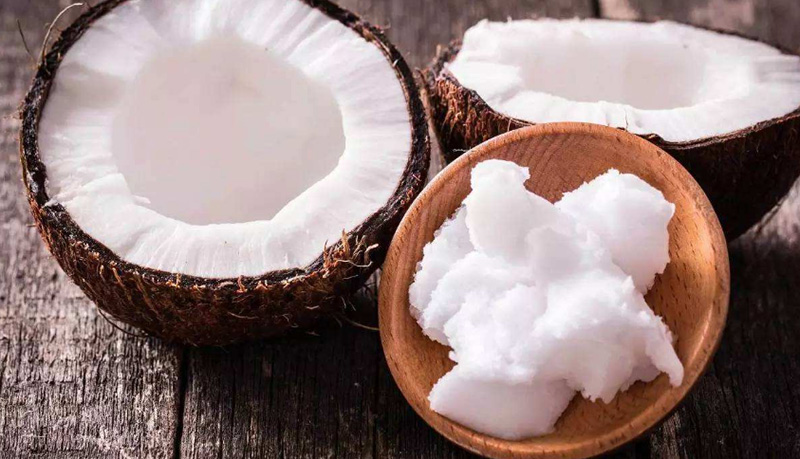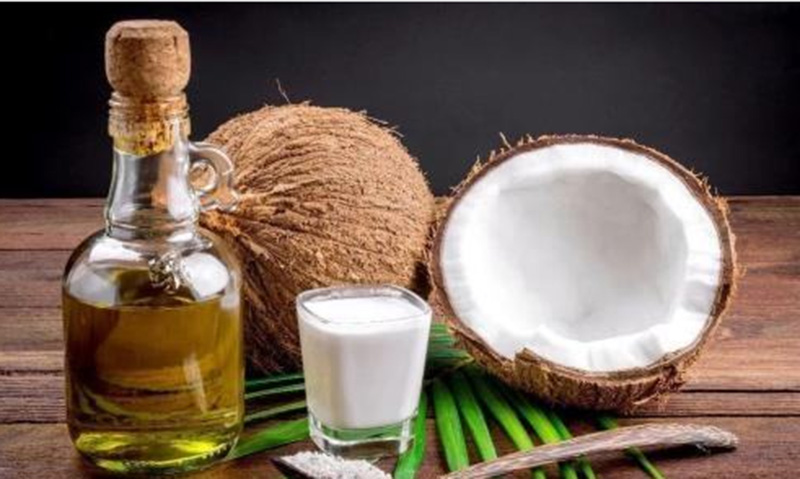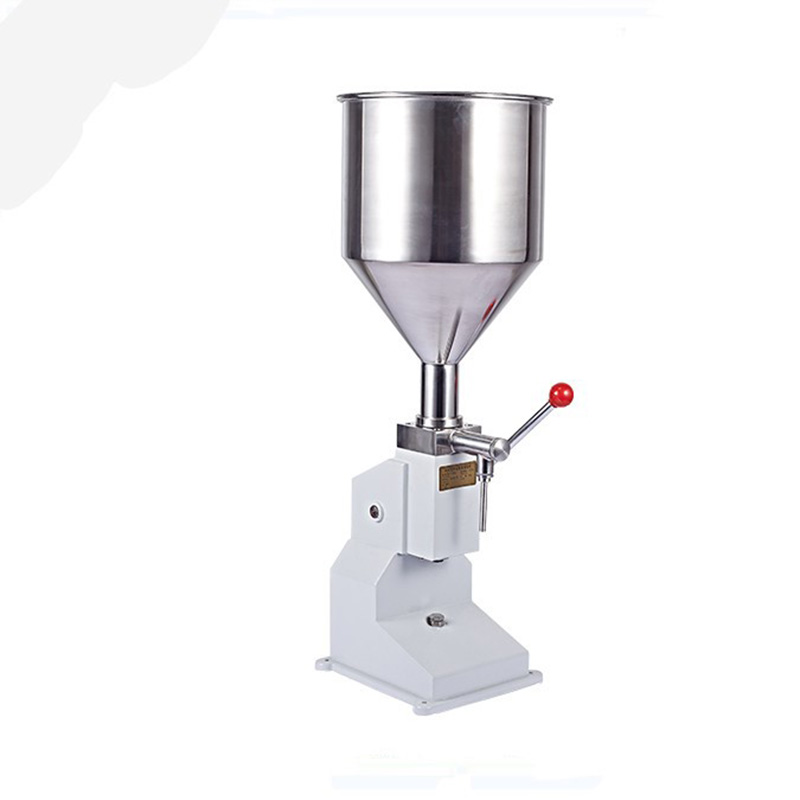Many people have drank coconut water, eaten coconut meat products, and have heard and used coconut oil, but they are not concerned with virgin coconut oil, extra virgin coconut oil, cold virgin coconut oil, refined coconut oil, fractionated coconut oil, raw coconut oil, etc. Ecological coconut oil, natural coconut oil, etc. are silly and unclear.
Classification of coconut oil
It refers to coconut oil made from copra as raw material (copra is made by sun-drying, smoking, and heating in a kiln), and is also known as coconut oil by pressing or leaching. Coconut crude oil is dark in color, and cannot be eaten directly due to the defects of high acidity, poor taste and peculiar smell, and is mostly used in industry.
Refers to coconut oil obtained from coconut crude oil through refining processes such as degumming, deacidification, decolorization and deodorization. Refined coconut oil improves the acidity, taste and odor of coconut oil, but its rich nutrients, such as phenolic compounds, antioxidants, vitamins, etc., are also greatly lost. Refined coconut oil, colorless and odorless, mostly used in the cosmetic and food industries.
Refined coconut oil is classified into different grades according to the degree of processing. The best refined coconut oil is colorless and odorless; the inferior refined coconut oil is yellowish in color and has a slight odor. The lowest coconut oil, the oil is dark yellow in color and has a strong taste, but it is not the fragrant coconut smell of virgin coconut oil, and even has some chemical solvent smell. The lowest grade of refined coconut oil is often used as a skin care ingredient in soaps and cosmetics, and is sometimes sold as vegetable oil. This oil is harmless to the body and edible, but tastes worse than other grades of coconut oil. -Baidu Encyclopedia
In life, because refined coconut oil can withstand higher cooking temperatures, it is more suitable for fried chicken and French fries. It is worth noting that some merchants will add hydrogen to the refined coconut oil in order to extend the shelf life. Coconut oil will instead generate trans fats due to hydrogen. Therefore, when buying refined coconut oil, you need to pay attention to the ingredients indicated on the product packaging.
3 virgin coconut oil
Refers to the use of mechanical pressing method, through low temperature cold pressing (without chemical refining, decolorization or deodorization), from mature fresh coconut meat, rather than copra. The oil can be eaten directly, and has the advantages of good taste, pure coconut fragrance, no peculiar smell, and rich nutrition, and can be used for food cooking and baking.
In simple terms, the oil obtained is called “virgin” coconut oil, or “extra virgin” coconut oil, because the coconut meat is untreated and unprocessed.
Note: There is no essential difference between extra virgin coconut oil and virgin coconut oil. The processing technology is the same, except that some manufacturers call fresh coconut as a raw material (processed within 24~72 hours after picking) as extra, but they do not look at it. to relevant industry standards.
Virgin coconut oil is rich in medium-chain saturated fatty acids, mostly in the form of medium-chain triglycerides (MCT) (about 60%), mainly caprylic acid, capric acid and lauric acid, of which the content of lauric acid is the highest in virgin coconut oil. The oil is as high as 45~52%, also known as lauric acid oil. Lauric acid is only found in breast milk and a few foods in nature, which can enhance immunity and is beneficial to the human body without harm. Lauric acid, which must be added to infant formula, is usually derived from coconut oil.
Post time: Feb-10-2022




